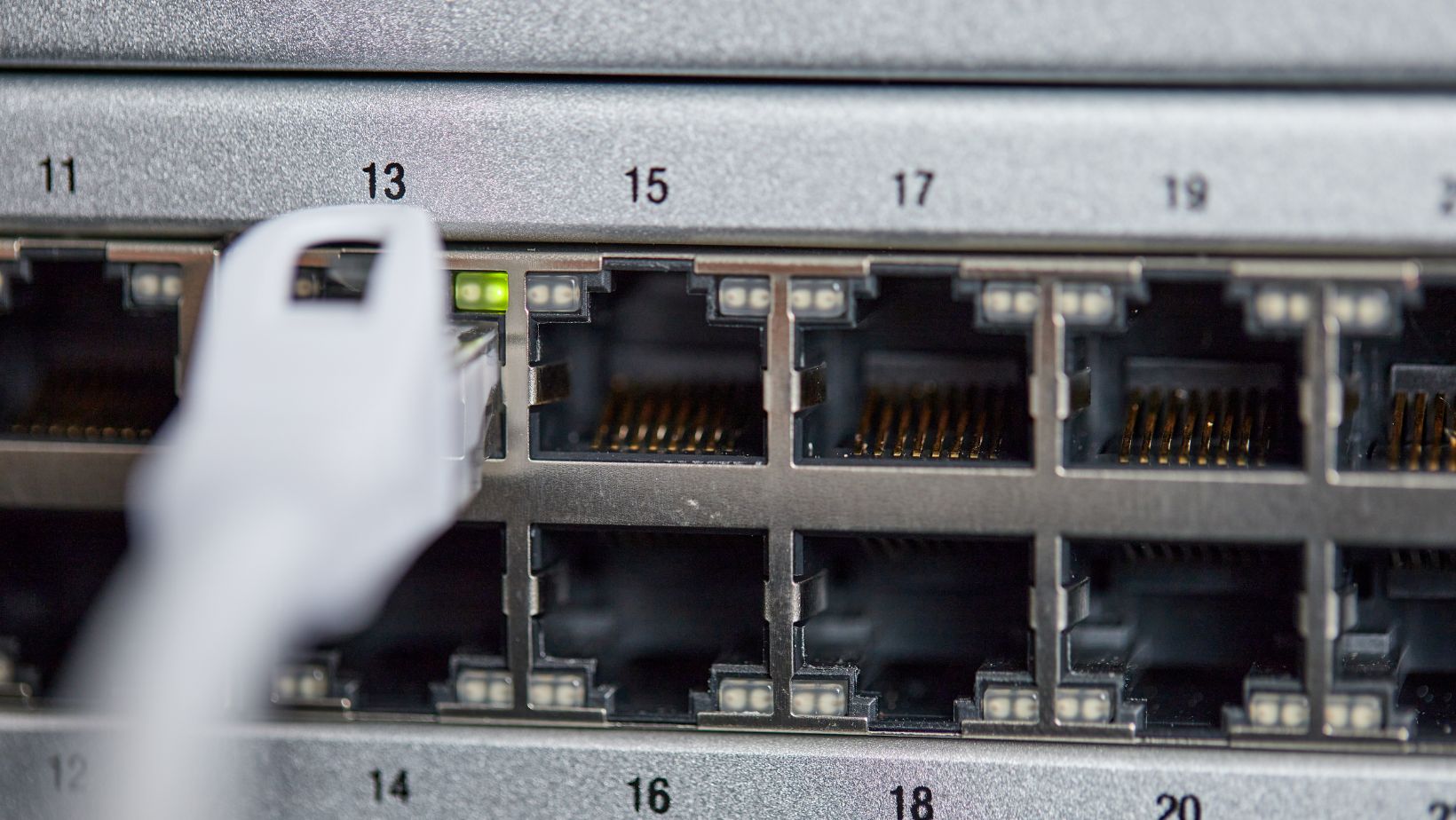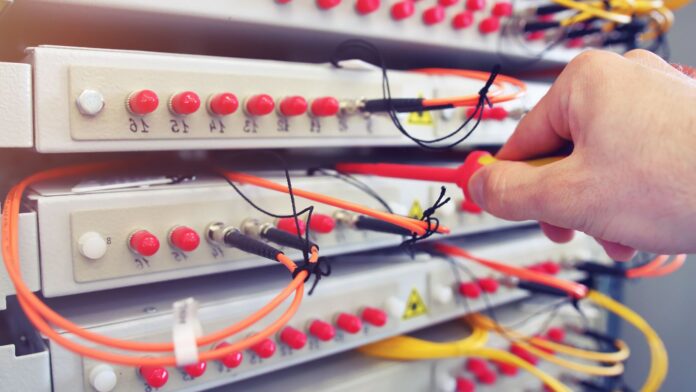How To Set Up Verizon Router
Setting up a Verizon router can seem daunting, but with a few simple steps, you’ll have your network up and running smoothly in no time. In this article, I’ll guide you through the process of setting up your Verizon router, ensuring that all your devices are connected securely and efficiently.
Firstly, it’s important to gather all the necessary equipment before beginning. You’ll need the Verizon router itself, an Ethernet cable, and a computer or laptop. Once you have these items ready, it’s time to dive into the setup process.
To start, find a suitable location for your router where it can receive a strong signal and be easily accessible. Connect one end of the Ethernet cable to the WAN (Wide Area Network) port on the back of the router and connect the other end to your modem. Power on both devices and wait for them to fully boot up.
Next, open a web browser on your computer or laptop and enter “192.168.1.1” into the address bar. This will take you to the Verizon router login page where you’ll need to enter your username and password provided by Verizon. Once logged in, follow the on-screen instructions to configure your network settings such as creating a secure Wi-Fi password and choosing a network name.
By following these straightforward steps, you can successfully set up your Verizon router without any hassle or confusion. With a secure and efficient network in place, you’ll be able to enjoy seamless internet connectivity throughout your home or office space.

Verizon Router Basics
Setting up your Verizon router is a crucial step in getting your home network up and running. In this section, I’ll guide you through the basics of setting up your Verizon router so that you can enjoy a smooth and secure internet connection.
- Choosing the Right Location: Before diving into the setup process, it’s important to find an optimal location for your router. Look for a central spot in your home to ensure maximum coverage and minimize signal interference. Avoid placing it near walls or obstructions that could hinder its performance.
- Powering On: Once you’ve found the perfect spot, plug in your Verizon router to a power source and turn it on. Wait for all the lights on the front panel to stabilize, indicating that the router has successfully booted up.
- Connecting Devices: To connect devices to your Verizon router, you have two options: wired or wireless connections. For wired connections, use an Ethernet cable to connect your device directly to one of the Ethernet ports on the back of the router. For wireless connections, enable Wi-Fi on your device and search for available networks. Select your Verizon network from the list and enter any required password or security information.
- Customizing Settings: After connecting your devices, it’s time to customize some essential settings on your Verizon router. Accessing these settings usually requires entering a specific IP address into a web browser or using a dedicated app provided by Verizon.
- Change Network Name (SSID): Consider changing the default network name (SSID) to something unique but easily recognizable.
- Set Up Password Protection: Secure your network by creating a strong password for both Wi-Fi access and administrator access.
- Enable Guest Network: If desired, set up a separate guest network with limited access privileges for visitors.
- Firmware Updates: Regularly updating firmware is crucial not only for security but also for optimizing performance. Check for firmware updates on the Verizon website or in the router’s settings interface and follow the instructions provided to install them.
Remember, if you encounter any difficulties during the setup process, don’t hesitate to consult Verizon’s support documentation or contact their customer service for assistance. By following these basic steps, you’ll be well on your way to a reliable and secure internet connection with your Verizon router.


